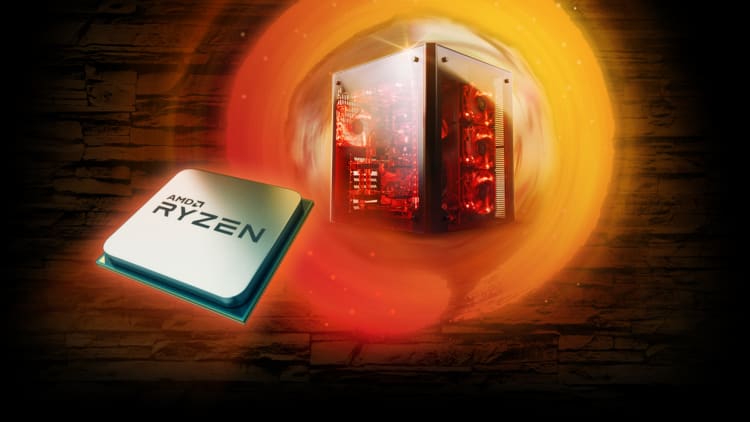
Tesla's Autopilot system may not be as far along as many investors believe, says a new report from Bernstein.
The report goes on to say that German firms may have technology even more sophisticated than Tesla's current version of Autopilot. And Google/Waymo may be way ahead of everyone.
"While Tesla has many advantages, we believe its self-driving capabilities are exaggerated," said Bernstein analyst Max Warburton. "The Germans – who are working closely with suppliers like Nvidia, Intel as well as Conti and Bosch – are probably just as well positioned. We believe they are under-estimated and undervalued."
In particular, Audi launched a new version of the A8 model that the company says has so-called level 3 autonomy up to 37 miles per hour.
Typically, a fully manual car is considered to be level 0, while a fully autonomous car is considered to be level 5. Tesla's Autopilot is considered to be level 2. A level 3 car is considered to be "conditionally autonomous," meaning that it can perform all of the tasks of driving, but with the expectation that the driver will take over if needed.
The Audi A8 model is not available yet. The company plans to seek regulatory approval for it, and hopes to have the car out in 2018.
Meanwhile, German companies are already selling cars with Advanced Driver Assistance Systems that can do many of the things Autopilot can do.
"Tesla gets the headlines for its 'Autopilot' system – but Mercedes, BMW, VW and Volvo have put similar technology on the road," Warburton said.
Tesla's first Autopilot version, Autopilot 1.0, used hardware similar to what the German brands were using for their own systems, Warburton said.
While the newer version, Autopilot 2.0, has more extensive hardware, some evidence suggests the company may be struggling with the new system.
"While we only have personal experience of Autopilot 1.0, user reports suggest Autopilot 2.0 is not able to operate at the same speeds as Autopilot 1.0 and is not as smooth or reliable," Warburton said.
Tesla cars also do not use Lidar, a technology that uses lasers to capture an image of the environment around the car. Warburton said there is an "almost universal consensus" among autonomous vehicle developers that Lidar is needed for safe fully autonomous driving, especially in cities.
Waymo, for example, uses the technology.
But Elon Musk has said Tesla can achieve full autonomy without Lidar, using radar, and that it may actually have some advantages over Lidar.
Finally, Warburton said traditional auto industry to be skeptical of the value of the user data Tesla collects from drivers, which is often cited as one of the company's biggest advantages.
While incumbents typically express skepticism about newcomers, Warbuton said it is worth considering some of their points. First, the availability and capacity of mobile networks indicate there is only so much data Tesla can collect from a car at any given time, as well as times when the car cannot transmit any data at all.
He also said that much of the data is captured from miles driven on highways, where driving tends to be less varied and complex than the driving done on city streets.
In addition, he said he does not think any data collected can be used for machine learning, as he said Tesla has suggested.
"It's simply too complex — any useful event will need human scrutiny," he said. "Tesla likely has a team of computer programmers, who are downloading data and video imagery and studying sudden events. This is no different to what conventional OEMs are doing, with specific test vehicles and with deliberate 'created' events on test tracks."
Also, the hardware upgrades Tesla made when it began outfitting cars for Autopilot 2.0 render all of the company's old data obsolete, Warburton said.
"Old and new data are not compatible — even changing the position of a sensor apparently renders historic data obsolete," he said. "Whatever Tesla collected with 1.0, it will need to start again with 2.0 data," adding that this was told to him by a senior autonomous technology specialist at one of the German carmakers.
That would mean that the amount of useful miles of data the company collected might be quite a lot smaller than the 1.3 billion miles Tesla has indicated, he said.
Tesla wasn't immediately available to comment on the report.
WATCH: Tesla working with AMD on AI chip for autonomous driving system



